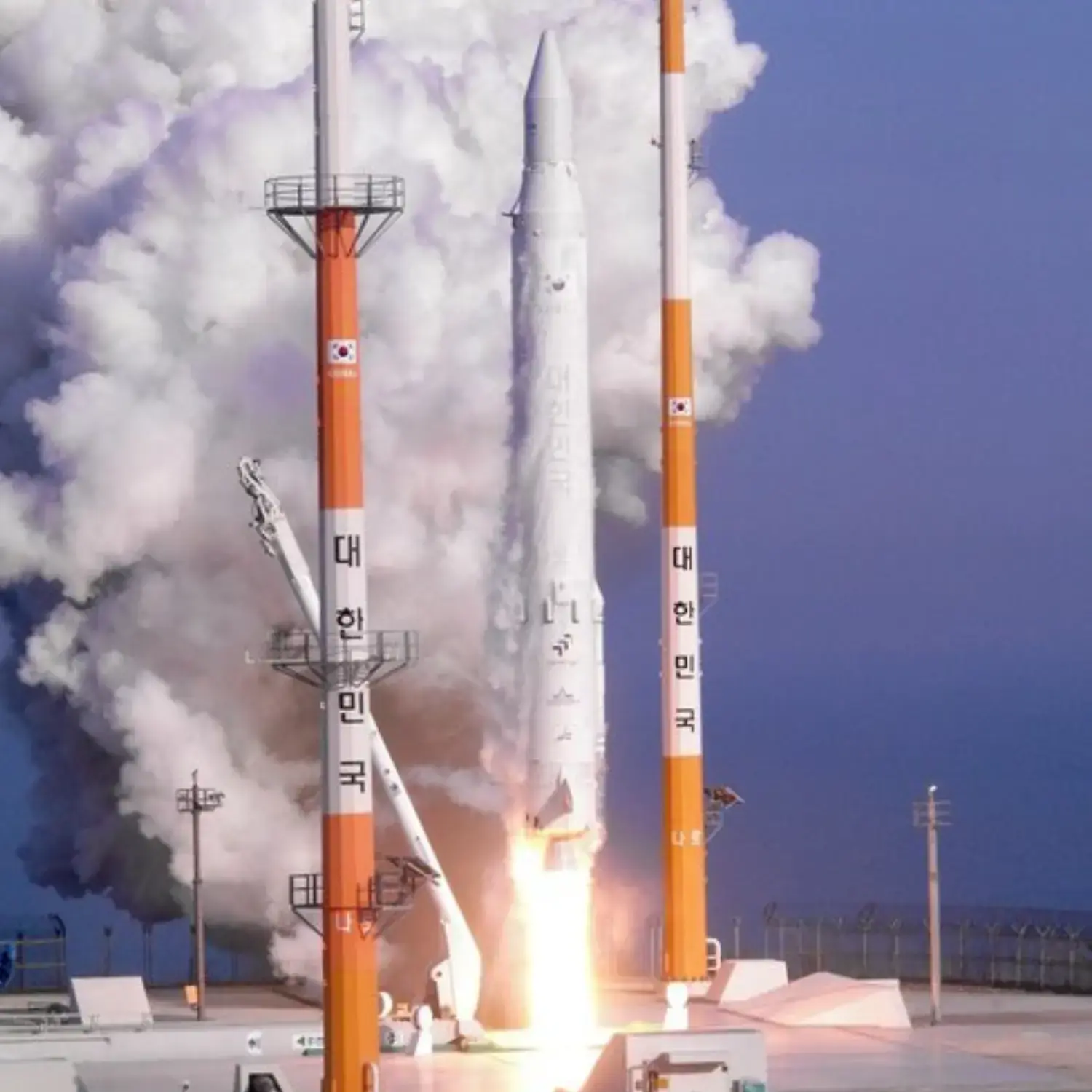/
STSAT-2C
Launch Success
Liftoff Time (GMT)
07:00:00
Wednesday January 30, 2013
Mission Details
Launch Notes
Last flight of KSLV-1. First success of a South Korean flight. South Korea becomes the world's 11th space power.
STSAT-2C
STSAT-2C, or Science and Technology Satellite 2C (korean:나로과학위성) was a South Korean satellite. It was operated by the Korea Aerospace Research Institute, and was intended to demonstrate technology for future spacecraft. The satellite had a mass of 93 kilograms, and was expected to operate for less than a year. The Laser Retro-reflector Array (LRA) network allows the satellite to be tracked with centimeter precision by means of Laser Laser Ranging Stations (SLR) that are part of the International Laser Ranging Service (ILRS) network. A Langmuir probe is used to determine the temperature, electronic density and electrical potential of the plasma. The Space Radiation Effects Monitor (SREM) is used for measurements and monitoring of the near-Earth space environment. In addition, the Reaction Wheel Assembly (RWA), the InfraRed Sensor (IRS) and the Femto second Laser Oscillator (FSO) are used for the verification of new space technologies.
Low Earth Orbit
1 Payload
93 kilograms
Launch Site
Stats
KSLV-1
3rd
Mission
1st
Mission of 2013
Korea Aerospace Research Institute
3rd
Mission
1st
Mission of 2013
2013
3rd
Orbital launch attempt

